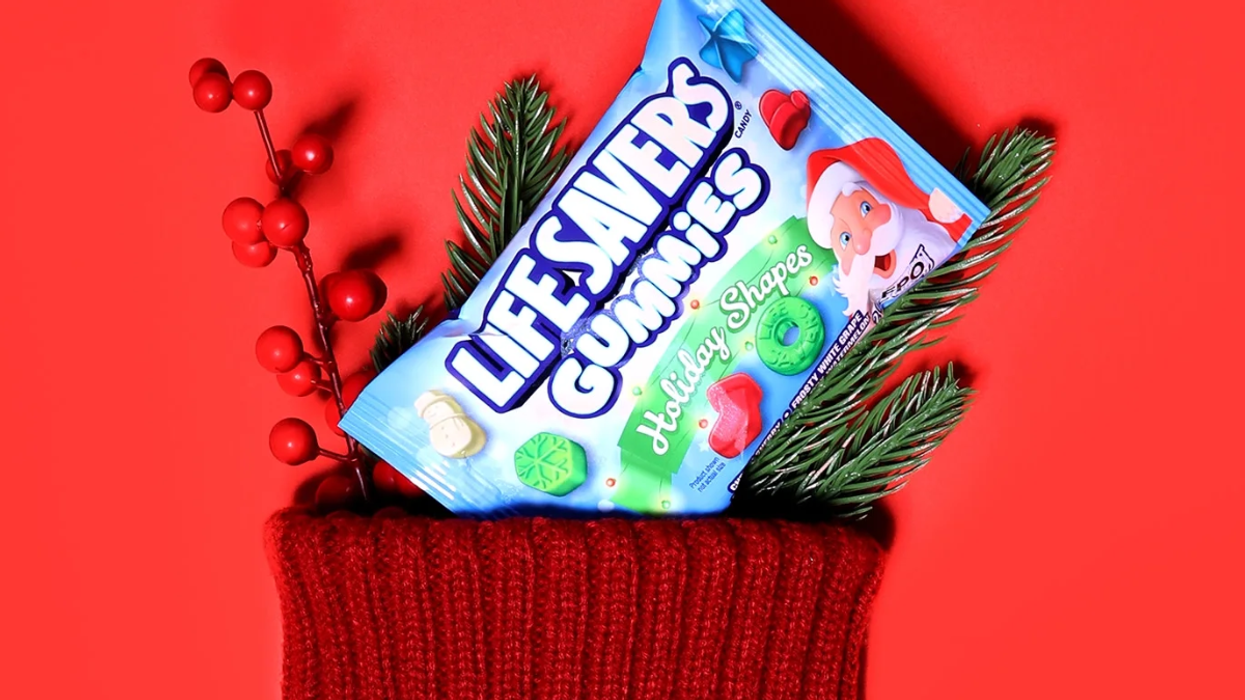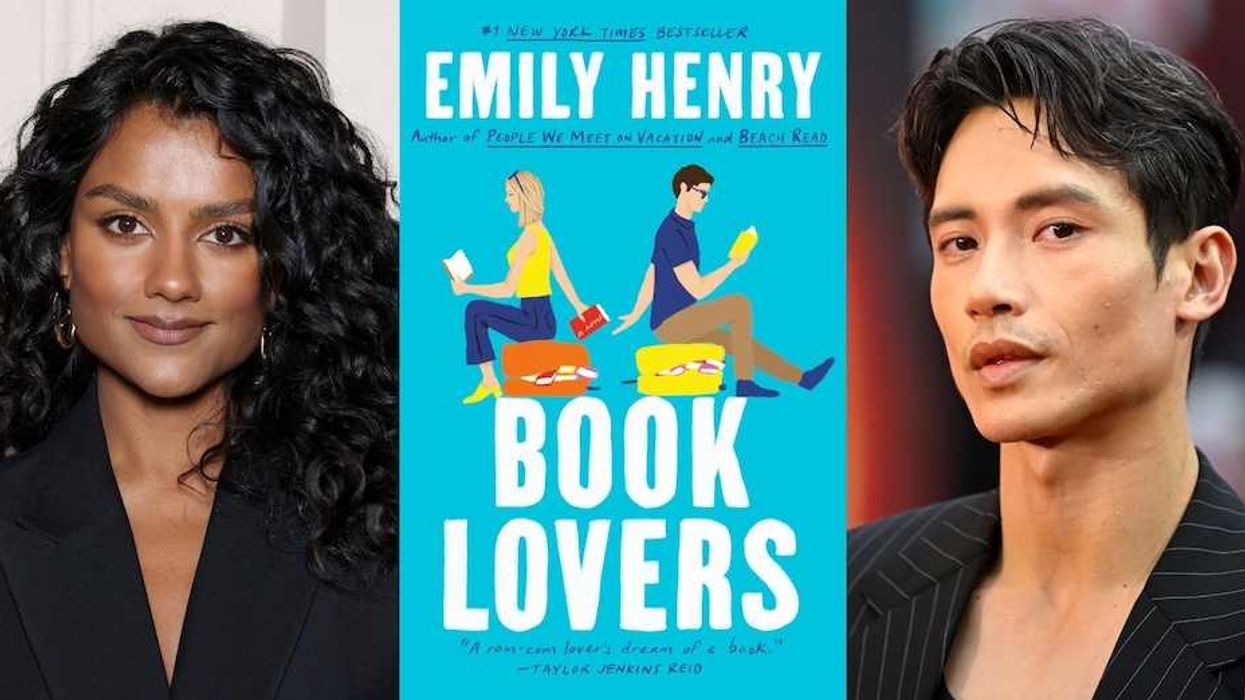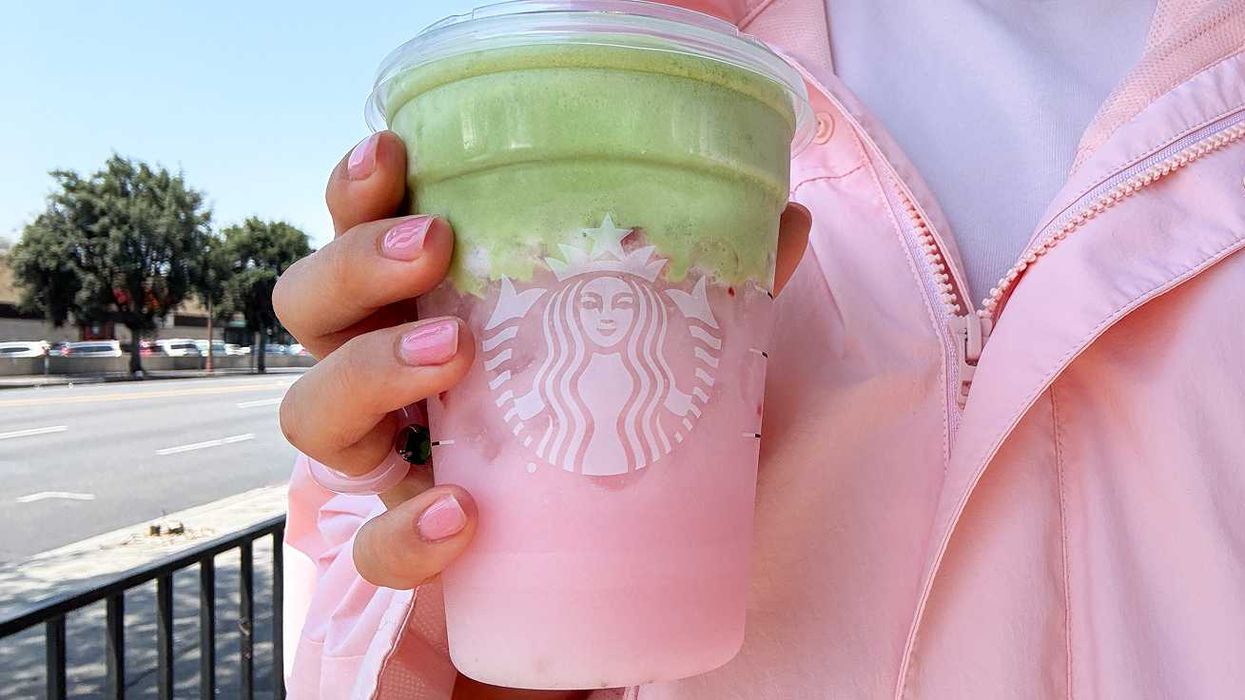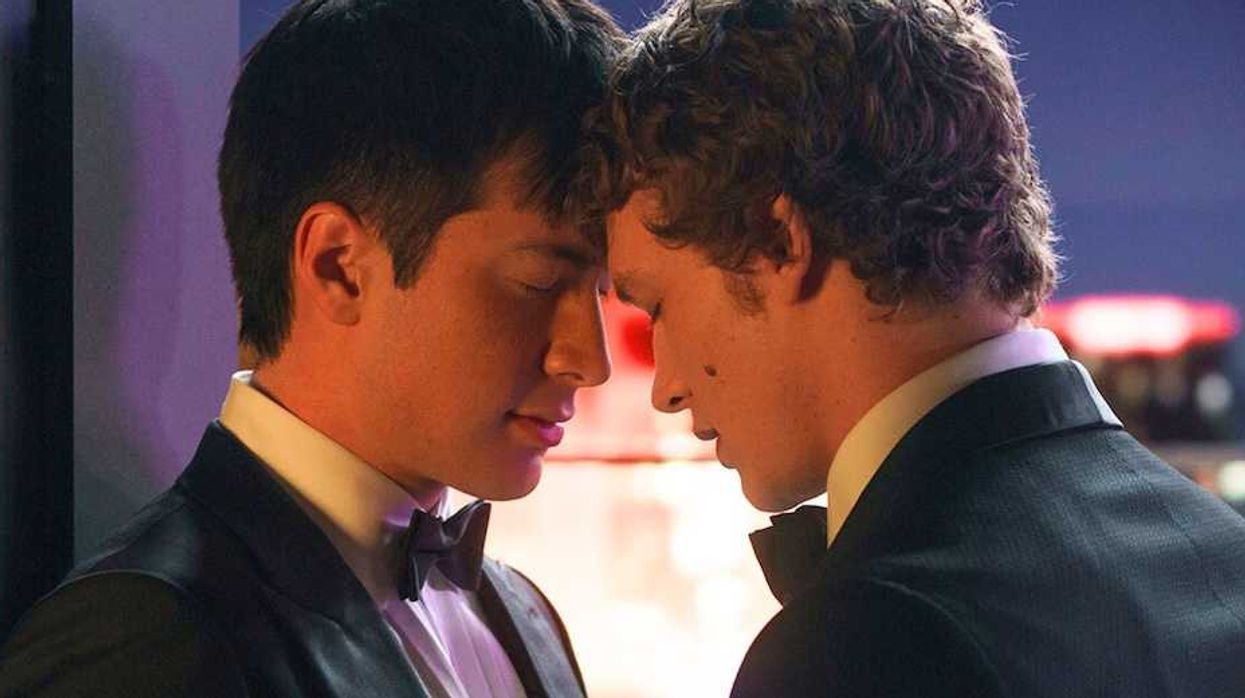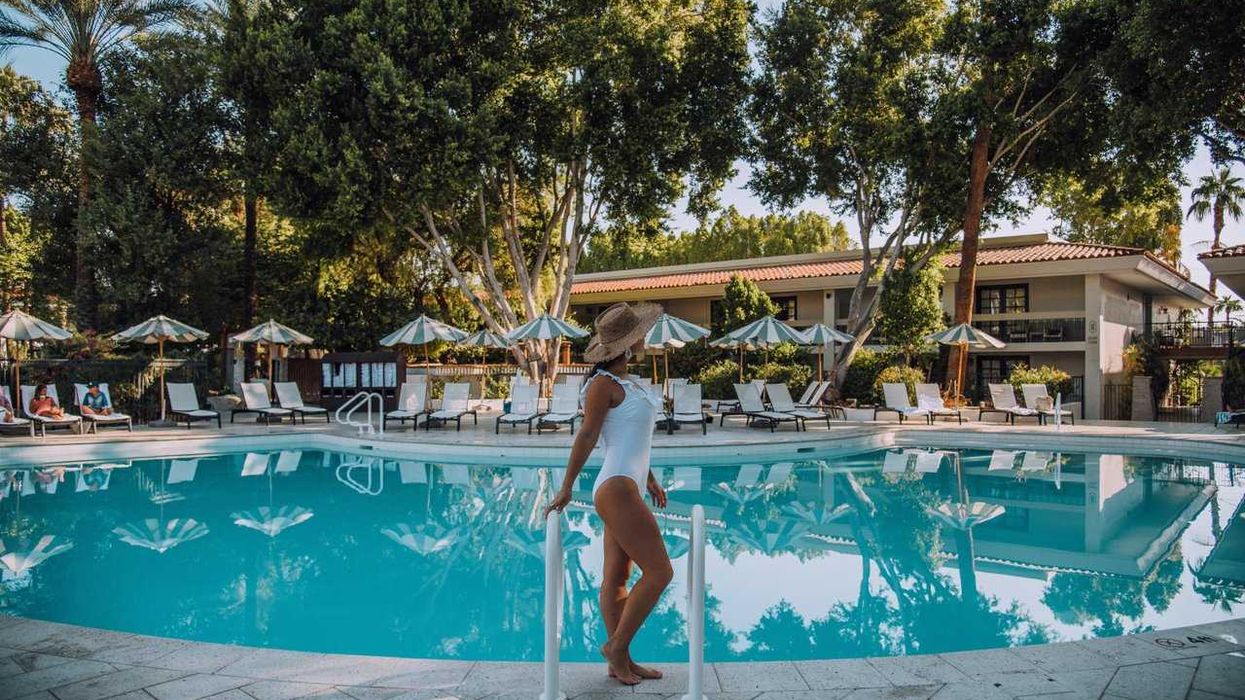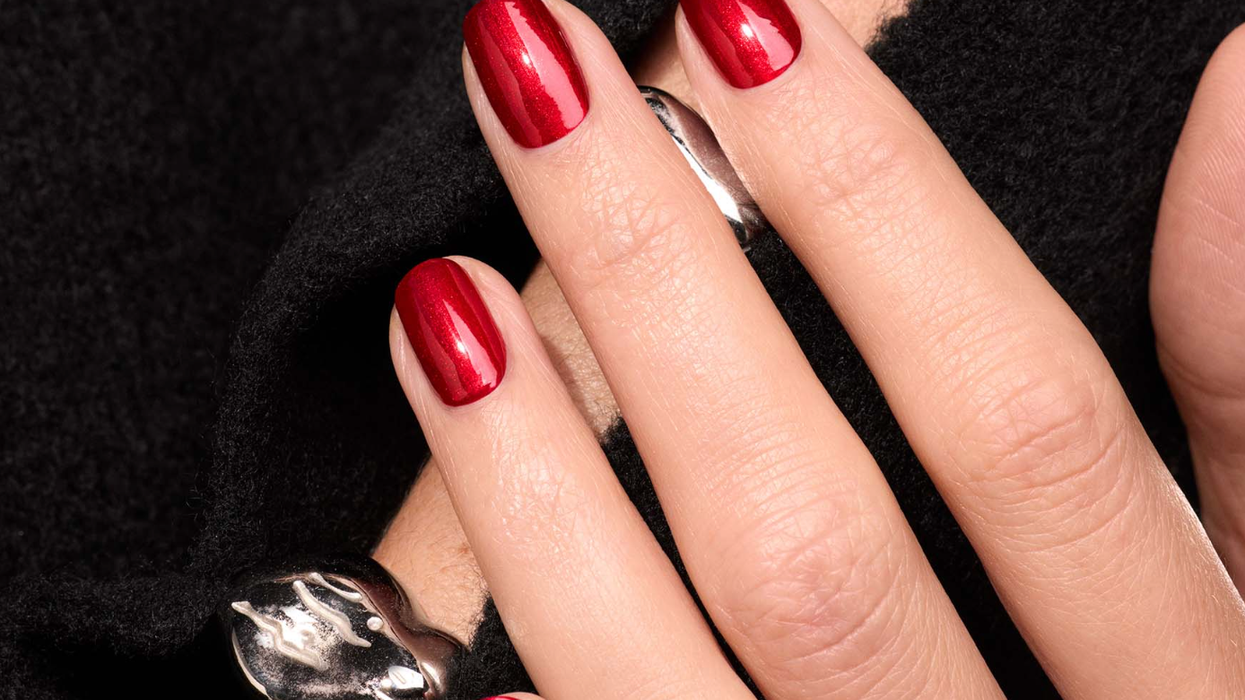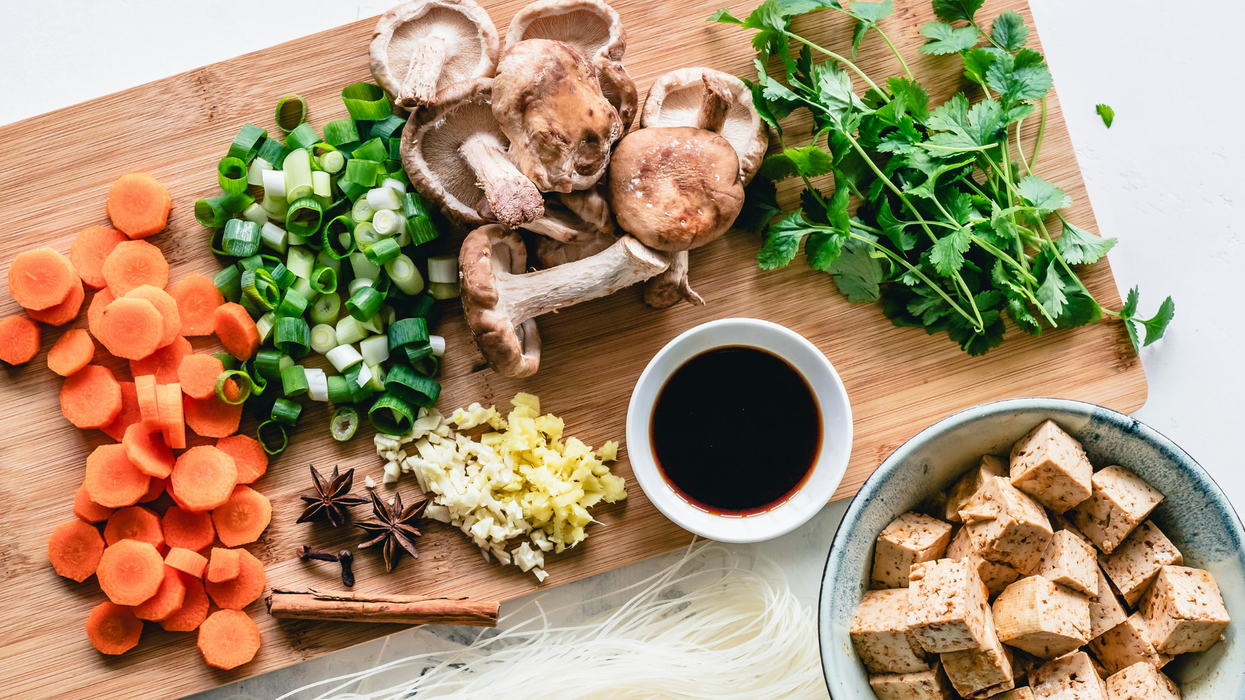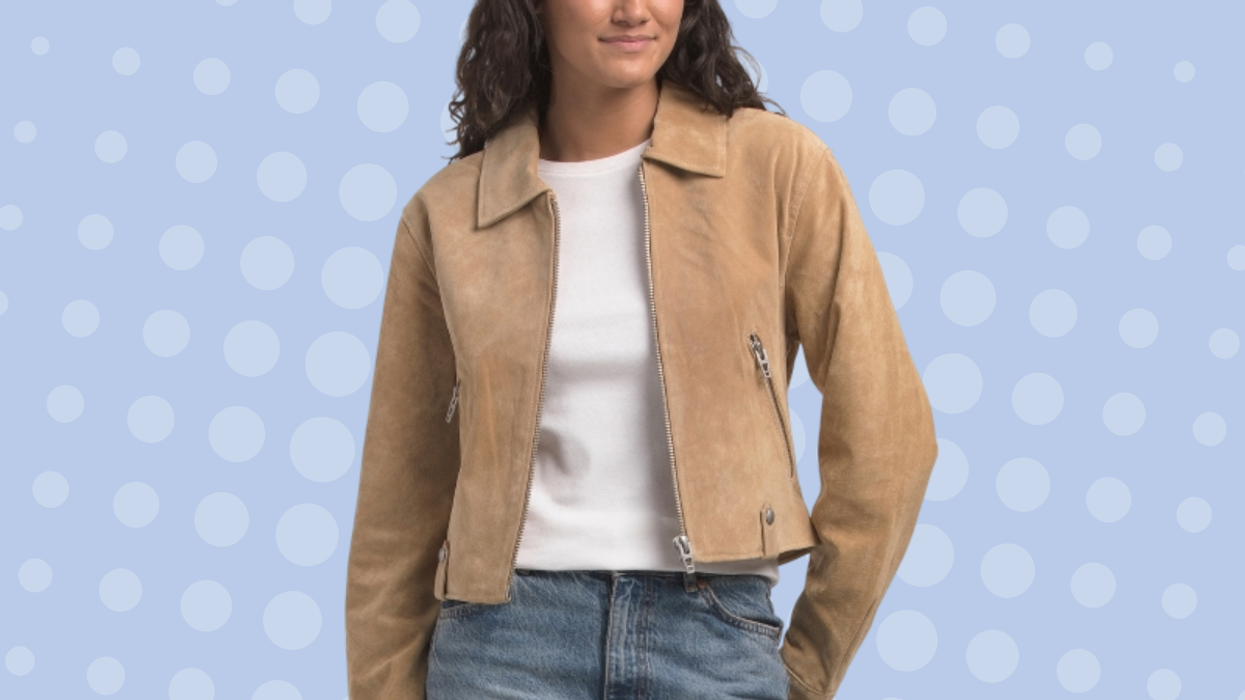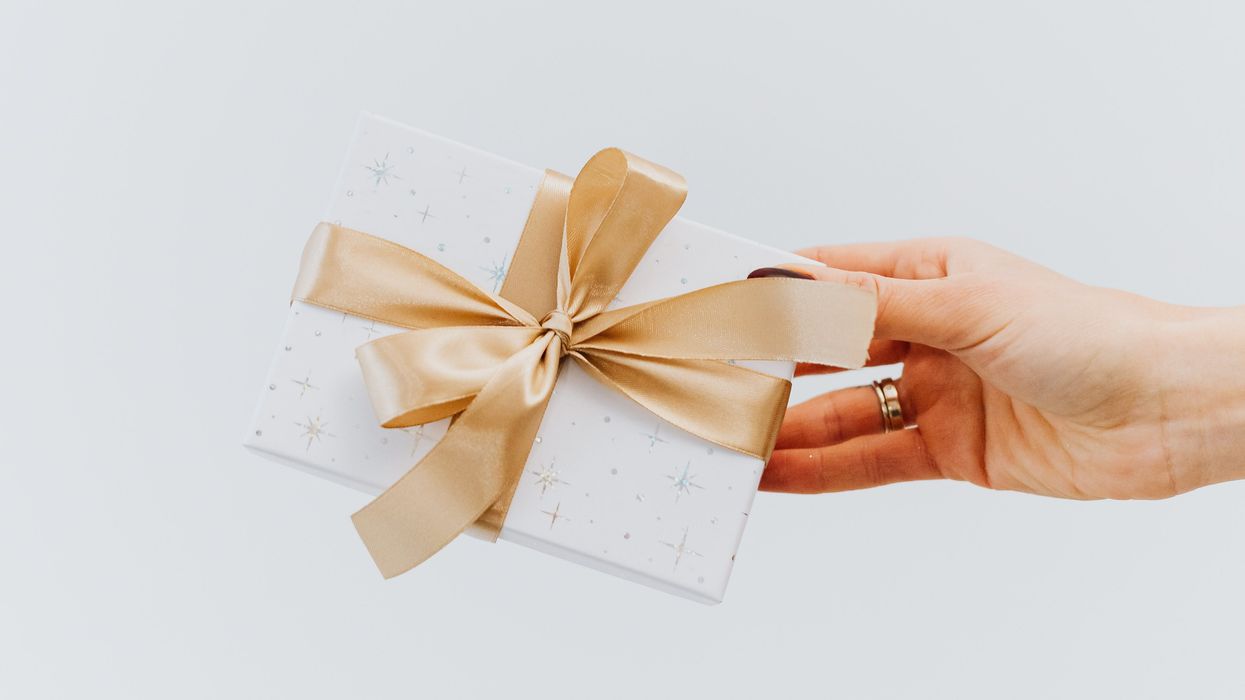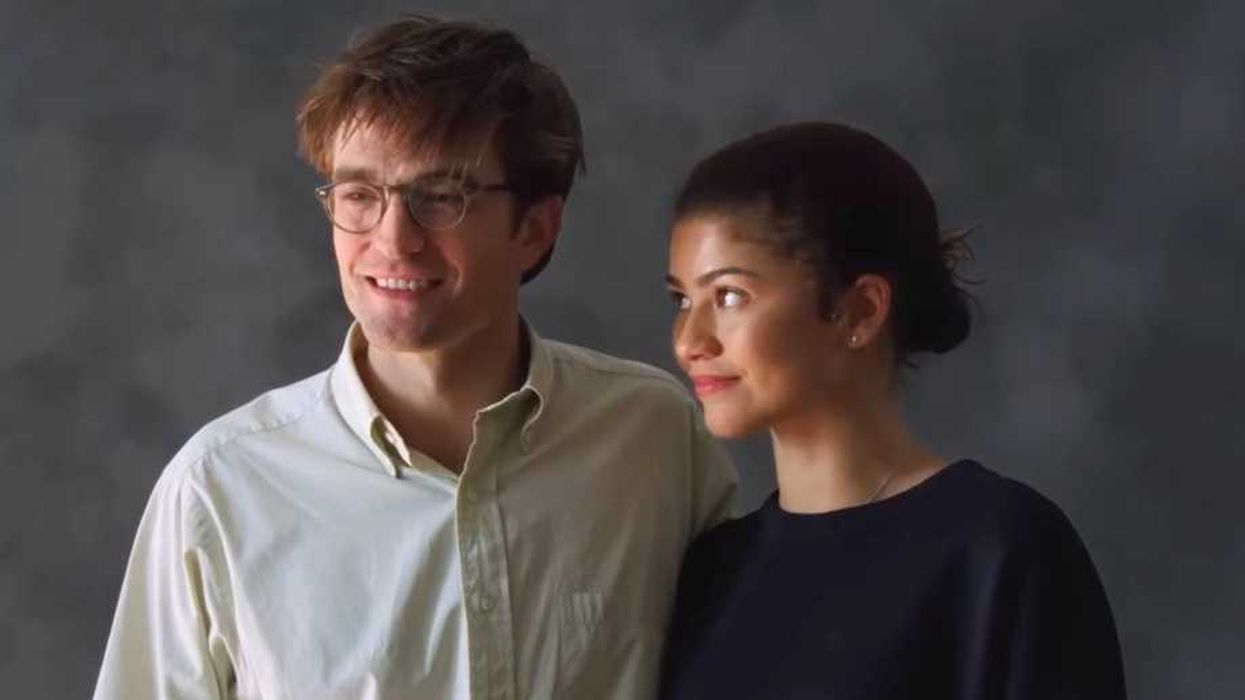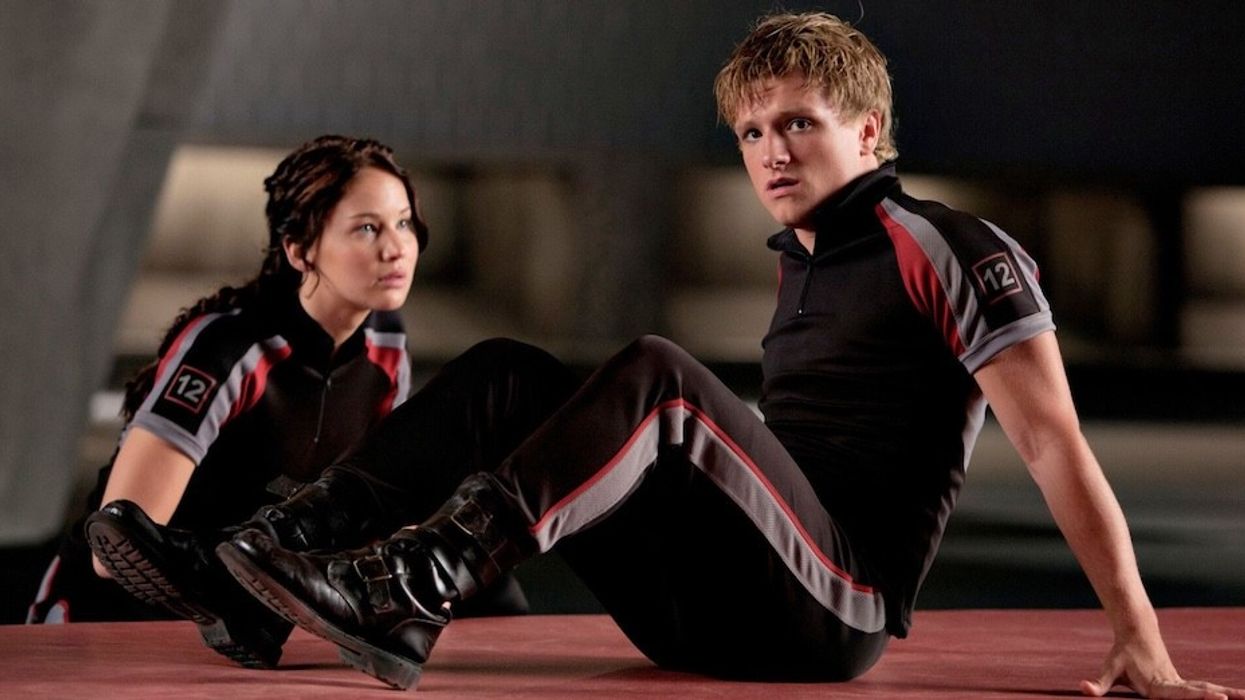Ready, set, shoot.
Why Film Photography Is Cool Again In The Era Of Smartphones
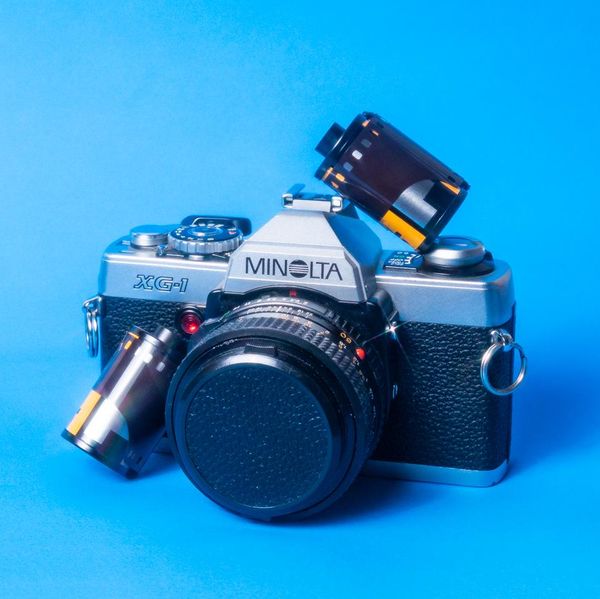
Meredith Holser is the Shopping Editor at Brit + Co, covering everything from seasonal fashion trends and the best grocery finds from Trader Joe's to shoes actually worth splurging on and life-changing beauty products. Outside of work, you can catch Meredith hiking, trying new recipes, and dreaming about having a yummy little treat.
Photography to me means freezing a special moment in time to keep close forever. No matter how that moment is captured, whether it be on my iPhone, digital, or film camera, it always feels rewarding when I get the shot just right. The ability to make the ordinary beautiful via camera has always been alluring.
There’s something especially unique about shooting film photography, and a lot of people feel the same magical feeling when working with the medium. Film photography has had a major resurgence in the past decade alongside older digital point-and-shoot cameras, and the style is becoming even more widespread across the internet, social media, and print. Why are we delving back into this process that was seemingly laid to rest for years? Why is shooting film the trendiest thing to do now? Let’s dive into how and why we got here.
When and why did film photography become trendy?

Photo by Inga Seliverstova / PEXELS
Let’s get one thing straight: film photography has been around for a long, long time. The first 35mm film to hit the market was developed and released by Kodak in 1908. There was no other way to capture images and videos until around 1994, when digital cameras became popularized. Since then, digital photography has dominated our visual literacy and its processes are widely understood, thanks to the iPhone and other modern cameras. Lo-fi photos from 35mm cameras and point-and-shoot models have become increasingly popular, and I have to wonder what the motivation behind that is.
The Aesthetics Of It All
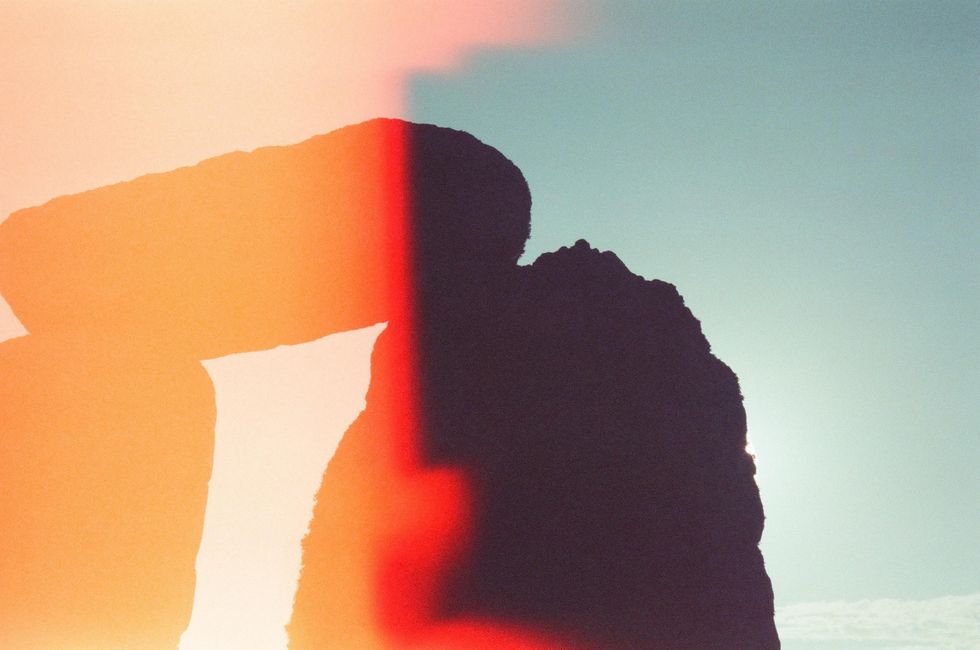
Photo by Casey / PEXELS
In recent years, analog photography has had a pretty strong pull on people wanting to capture moments. There’s just something about shooting film that feels so much cooler, for lack of a better word. I can admit that a big part of what drew me to film was the dated look of what I could capture.
Remember the OG Instagram filters? The current aesthetic pull is extremely similar to that ‘vintage’ appearance the filters would provide a simple photo (I have to admit I was a huge Sepia fan). Images captured on film return with rich, unique colors and a tasteful hint of grain that takes me back to a time I’ve never really experienced.
This vintage look was totally the standard for photos my parents took back when they were my age, and what their parents likely captured, too. Film photography takes everyday moments and elevates them with a ‘throwback’ twist for visual interest, but there’s also a strong element of nostalgia in terms of its returning popularity.
The same goes for the increasing use of digital point-and-shoot cameras that produce lower-quality images. Blurry, low-contrast pictures that use flash are reminiscent of a lot of the photos Gen Z-ers had taken of them during their childhoods. Now, that same visual aesthetic can often be seen reflected on their social feeds, used to curate a specific vibe and stray from the usual iPhone pic.
industry men find out they’re doing a GQ 10 things i can’t live without interview and go buy a book & film camera
— wengel (@wengelll) December 1, 2022
We're Craving Nostalgia
@kkkarrii film photo dump :) #35mm #пленка #плівка #35мм ♬ shoot more film - cole
Nostalgia is definitely the biggest factor playing into the rise of film and lo-fi photography. Not only is there a dated look to the actual images, but the process entails a tactile experience that’s unlike anything my generation has encountered. It’s kind of like how vinyls and tapes became popular to have on hand again – having the ‘real’ thing is nostalgic of past times, plus it just looks cool. Again, this trend is seen with the embrace of Y2K fashion staples, like bedazzled sweatpants, low-rise jeans, or sleek sunglasses.
To start shooting film, you have to actually load film into the camera, align the frames, and adjust the camera’s exposure settings before you even look through the viewfinder. Aside from a tactile experience, the medium also offers you the opportunity to make more conscious choices for image production, as opposed to just tapping the shutter button on your phone screen. In a way, the process allows the photographer to slow down and dive deeper into their creativity, thinking more carefully about what they’ve set out to shoot.
Here's a beginner's guide to shooting analog photography.
The Practice of Delayed Gratification
The most magical aspect of film photography for me is the anticipation of waiting to see what I shot. It’s nice to escape the constant need for instant gratification (that I’d get from TikTok otherwise, sorry not sorry) via film photography. I feel like a little kid on Christmas morning when I finally get film scans back. It’s just fun!
I, like many other film heads, will wait a long time to get my film rolls developed just to have a nice little surprise waiting for me months down the road. People viewed this slower timing as film's number one drawback, but I think now, it’s the medium’s greatest strength.
Bye To High-Level Production
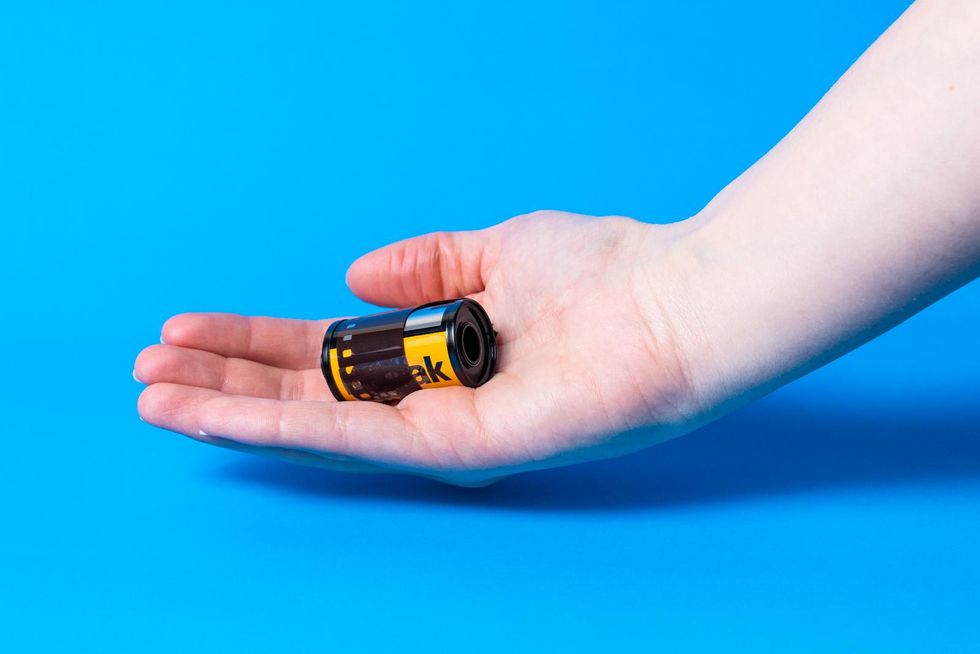
Image via Meredith Holser/Brit + Co
Since the pandemic, there seems to be a desire to move away from high production values. That was a time where people were genuine with one another, and life got really real for a lot of people, so now consumers are seeking authenticity as society moves back into normalcy.
The lo-fi qualities of film and disposable cameras offer a more authentic, rugged lens for industries that used to be all about airbrushing and manipulating images. Figures like Emma Chamberlain have embraced film photos in posts to curate a tight-knit audience. Bella Hadid constantly makes ‘bad’ (by industry standard) photos look chic. We also can’t ignore Frank Ocean’s giant impact on popularizing film cameras. Even Kendall Jenner has recognized the true power of the medium and shoots film on a regular basis. Presenting themselves at a lower quality makes celebrities feel more real, like they’re approachable and we know them (shoutout to parasocial relationships). All in all, film cameras are just a cool thing to have.
It's Easy To Do
Thanks to all of the above, access to film photography is super easy. Every other scroll on my feed, I’m seeing film photo dumps, or artistic, otherworldly photo series. You can totally emulate film shots by using special editing apps, but disposable cameras, point-and-shoots, and 35mm cameras are not hard to find at all these days. Visit your local corner store, or scroll Facebook Marketplace and Depop, and you’ll be able to get your hands on a fairly-priced used film camera.
If you’re looking for that vintage look, or just a different photography experience altogether, I highly recommend starting with a 35mm camera. Starting with a body that has automatic settings like the Canon AE-1 helped me learn more about shooting film, which paved the way for my passion for larger formats and just general appreciation for the medium. There’s tons of possibilities waiting for you!
Subscribe to our newsletter for more creative inspiration and tag us with your film photography on Instagram!
Feature image via Meredith Holser/Brit + Co.


